Nationality Czech Role Choreographer | Name Jiri Kylian Spouse Sabine Kupferberg Siblings Jan Kylian | |
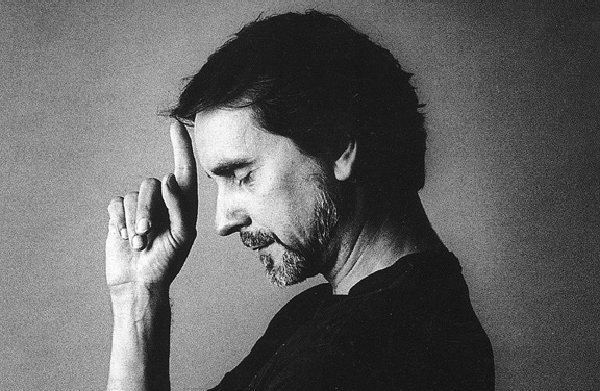 | ||
Born 21 March 1947 (age 78) ( 1947-03-21 ) Prague Movies Jiri Kylian\'s Car Men, Kaguyahime: The Moon Princess, Etoiles: Dancers of the Paris Opera Ballet Parents Marketa Kylianova, Vaclav Kylian Similar People John Neumeier, Maurice Bejart, Kenneth MacMillan, Christopher Wheeldon, Alessandra Ferri | ||
Interview with choreographer ji kyli n life love and death
Jiří Kylián (born 21 March 1947) is a Czech former dancer and contemporary dance choreographer.
Contents
- Interview with choreographer ji kyli n life love and death
- Ji kyli n s sinfonietta symphony in d stamping ground trailer
- Life
- Work
- Forgotten Land 1981
- Falling Angels 1989
- Petite Mort 1991
- Other works
- Awards
- References
Ji kyli n s sinfonietta symphony in d stamping ground trailer
Life
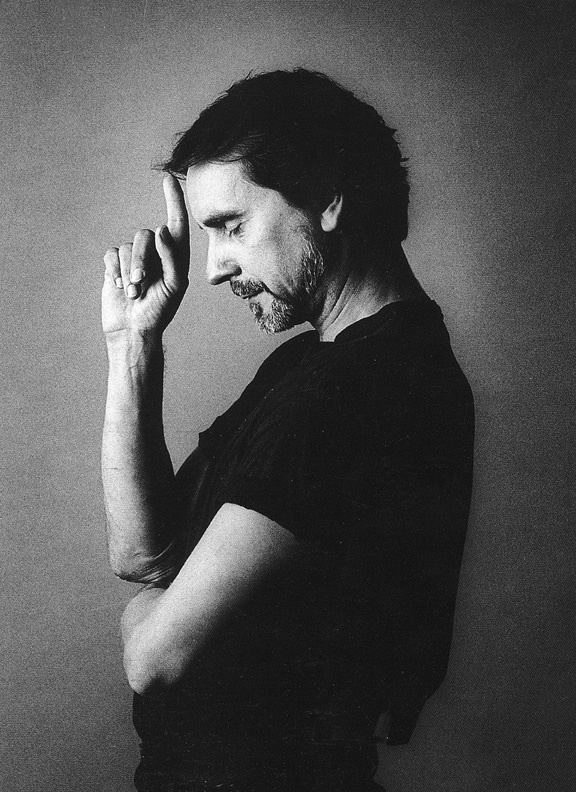
Initially inspired by the acrobatic performances of the Circus Busch, Kylián decided to pursue professional ballet training at the “School of the National Ballet Prague” at the age of 9, after having seen a ballet performance for the first time. Kylián was admitted to the Prague conservatory in 1962. Here he encountered one of his mentors, teacher and former dancer Zora Semberova, “who left a deep mark in Jiří's professional development”. At the conservatory Kylián made his first steps as a choreographer with “Nine eighth's”, choreographed to jazz music, and “Quartet”, to music by Béla Bártok. In 1967 Kylián received a scholarship to study at the Royal Ballet School in London. Among other artists, Kylián met choreographer John Cranko, who offered him to join the Stuttgart Ballet.
Work
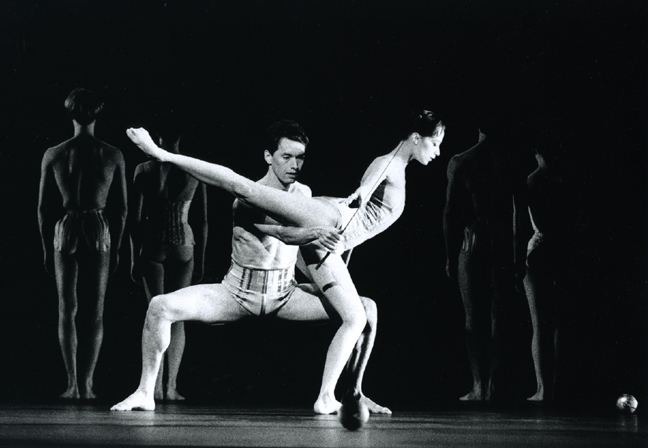
He joined the Stuttgart Ballet in 1968 and worked under John Cranko, where he began to work as a choreographer. At Stuttgart Ballet Kylián started choreographing with “Paradox” (1970), “Kommen und Gehen” (1970), and continued in the Stuttgart Ballet's Noverre Kompanie with “Incantations” (1971), “Einzelgänger” (1972) and “Blaue Haut” (1974), among others.
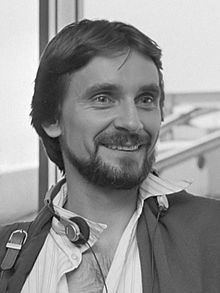
Three years after the death of Cranko (1973), Kylián became Artistic Director of Nederlands Dans Theater in 1976. His best known works include Symphony of Psalms (1978). “Silent Cries” (1986), “Stamping Ground” (1983), “Dream Time” (1983), among others (see list below). His style include exploring the limitations and capabilities of space, body parts, entrances and exits, contrasts, and humor.
In 1992, he started his own chamber company for dancers over 40.
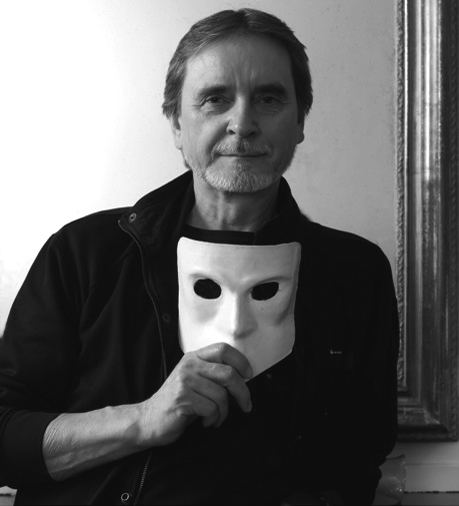
Both Jiří Kylián's works created in 1983 - “Stamping Ground” and “Dream Time” were inspired by his personal interests and travels to aboriginal Australia documented by director Hans Hulscher in the documentary entitled “Road to the Stamping Ground”. Aboriginal ceremonial dances are used as blueprints within the work Stamping Ground which includes original cast members Nacho Duato and Jim Vincient.
During Kylián's directorship at the Netherlands Dance Theatre a second company for younger dancers was created (NDT II)
Kylián's main works include:
Forgotten Land (1981)
Forgotten Land 1981 explores memories, events and people that over time are lost or forgotten and how people sometimes vainly try to recover them, or a sense of them in order to regain their former power and value. The work itself is inspired and based on a painting of women on a beach by the Norwegian Expressionist painter Edvard Munch. The work mainly involves duets who move their arms in various stretched positions, as if they were reaching out for something. The dancers arch their backs and dance expressively, reflecting both the music and the haunting painting that influenced the work. Kylián makes a statement of lost homelands, lost lovers and lost times and there are also duets that reflect violent moods. These duets end up as a large ensemble and then the women are left on the shore, stretching their arms again like birds that cannot fly.
Falling Angels (1989)
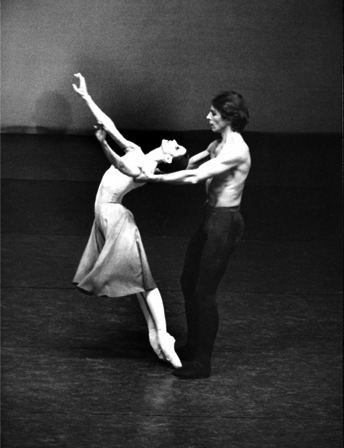
Falling Angels is a part of the Black and White ballets, which were created in 1989 with 8 white female dancers dressed in black leotards. It was performed to drumming/percussion music based on ceremonial ritual music from Ghana (West Africa). Musical rhythms and patterns are used and mixed in a synthesizer to produce a layered effect in some sections. The result of this a more energetic, sometimes frenzied sound that the dancers match in a very physical dance.
Falling Angels depicts females and female dancers in their aim to achieve perfection but succumb in various stages to the human female psyche and female events such as ambition, seduction, pregnancy, birth, death, motherhood and self-awareness. It is about the things that pull and push a dancer from the 'purity' of dance and performance. Kylián was influenced by surrealism and minimalism during the creation of this work and the 'black and white ballets'. In this ballet we see the combination of classical lines and sharp percussive movements that give unpredictability to the piece as a whole.
Petite Mort (1991)
Petite Mort was composed for the 1991 Salzburg Festival on the second centenary of Mozart's death with six men, six women, and six foils. Assistant choreographer was Roslyn Anderson, costumes by Joke Visser, and music by Wolfgang Amadeus Mozart included Piano Concerto in A Major – Adagio and Piano Concerto in C Major – Andante.
Other works
List of theatre works from 1973 to 2014
Films from 2006 to 2014
Awards
Jirí Kylián received national and international awards including:
